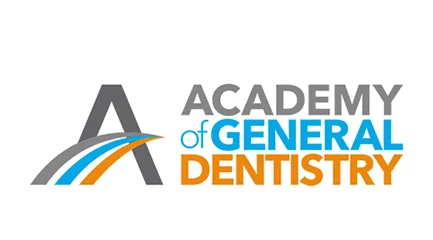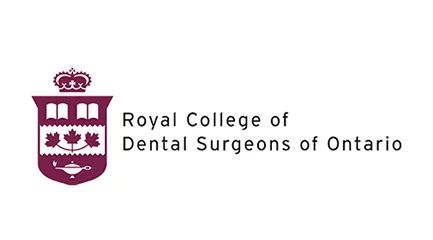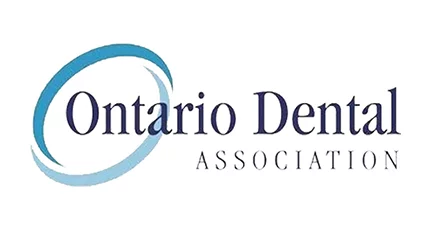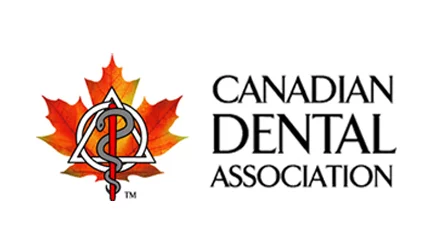PREVENTION OF TOOTH DECAY IN CHILDREN
In November 2008, the Ontario Dental Association (ODA) declared tooth decay to be an infectious disease. The report highlighted that all children are generally at high risk for tooth decay and urged parents, government agencies, and the community to work together on prevention efforts.
Children are especially vulnerable to tooth decay and suffer from oral diseases at an alarming rate. Tooth decay can even be transmitted through seemingly harmless actions, such as licking a pacifier or sharing a spoon. Dental caries, caused by tooth decay, is the most common dental disease in children—but it is preventable in nearly all cases.
Contact us today to get a consultation! call (519) 485-4951 or click here
SYMPTOMS OF TOOTH DECAY IN CHILDREN
Young children’s teeth are comparatively weaker and more susceptible to gum disease. Several symptoms may indicate the presence of tooth decay in your child’s mouth, such as the appearance of holes or dark spots on the teeth, toothache, swollen gums, or sensitivity to hot or cold temperatures.
If you notice any of these symptoms in your child’s teeth, take them to a dentist as soon as possible to prevent more serious dental issues. Tooth decay often causes mild or unnoticeable problems at first, but if left untreated, it can spread to other oral structures and eventually lead to tooth and bone loss.
EFFECTIVE TIPS FOR PARENTS TO HELP BUILD HEALTHY ORAL HABITS FOR THEIR CHILDREN
- Gently wipe your baby’s gums with a clean, damp cloth after each feeding, even before their teeth come in.
- If your baby sleeps with a bottle during naptime or bedtime, fill it with only water.
- If your child typically falls asleep while feeding, brush their teeth before the feeding.
- Lift your baby’s lips regularly and check for changes in color, spots, or lines on their teeth, as these may indicate early signs of dental issues.
- As soon as the first tooth appears, begin brushing your baby’s teeth with a fluoride-based toothpaste every morning and before bedtime. Fluoride is a mineral that helps protect teeth from decay.
- When brushing your child’s teeth, use a small amount of toothpaste on a soft-bristled toothbrush and wipe away any excess. You can also begin flossing their teeth at least once a day to remove bacteria from areas that are hard to reach with a brush.
- Replace your child’s toothbrush every one to three months.
- To prevent the spread of germs that cause tooth decay, avoid putting anything in your child’s mouth that has been in your own. Do not share cups, food, spoons, toothbrushes, or other items.
- Be sure to take your child to the dentist by their first birthday or when their first tooth appears. Early dental visits help identify and treat oral health problems in their initial stages, promoting long-term oral health.
DIAGNOSIS OF TOOTH DECAY IN CHILDREN
Tooth decay should be diagnosed and treated early, when symptoms are still mild; otherwise, advanced tooth decay can cause serious oral complications and becomes more difficult to treat.
Tooth decay in children can be diagnosed using dental X-rays. As part of the diagnostic process, dentists may also review the family history of gum disease and examine your child’s teeth using dental instruments to check for tender or softened areas.
HOW CAN TOOTH DECAY BE TREATED IN CHILDREN?
Tooth decay refers to the breakdown of the tooth’s hard outer layer, the enamel, leading to holes in the tooth surface. Once tooth decay progresses beyond the early stages, it cannot be treated at home and requires professional dental care.
To treat tooth decay, dentists typically remove the decayed part of the tooth and restore it with a dental filling. Dental fillings are restorative procedures that help restore tooth function and prevent decay from spreading to nearby teeth.
There are generally two types of dental fillings:
1. DIRECT RESTORATIONS
Placing a tooth filling is a common direct restorative procedure that typically requires only one appointment. These procedures help restore the form and function of your child’s teeth and are generally less time-consuming.
Fillings are typically made from materials such as composite resin (a mix of acrylic resin and fine glass particles) or silver amalgam.
2. INDIRECT RESTORATIONS
Indirect dental restorative procedures usually require two or more visits to complete. These restorations are fabricated outside the patient’s mouth in a dental laboratory. Common types of indirect restorations include dental crowns, veneers, bridges, onlays, and inlays.
Indirect restorations are typically required when tooth decay has advanced to a stage that cannot be effectively treated with direct procedures. Common materials used for these restorations include porcelain, composite resin, cast gold, and other metals.










